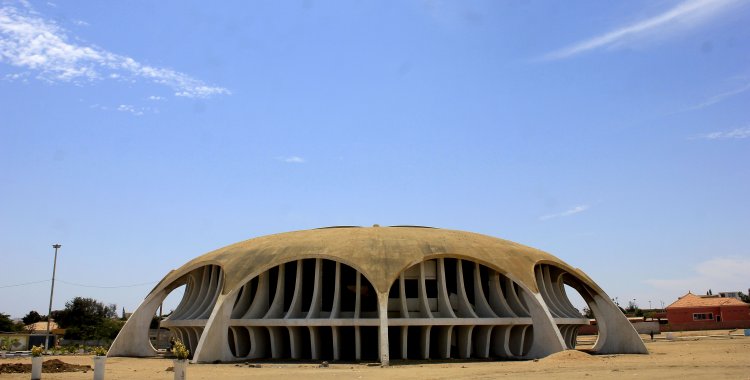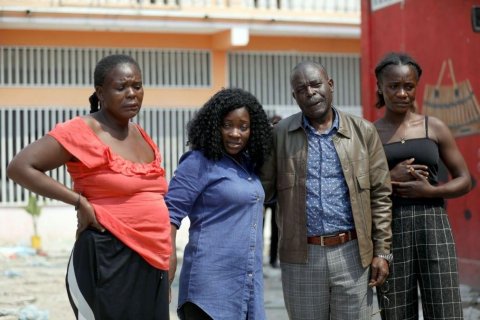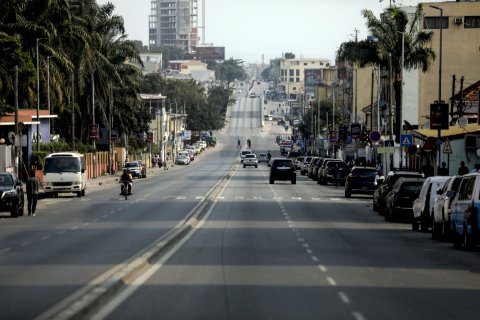According to Archer Mangueira, governor of Namibe, the works are part of the Moçâmedes Bay requalification project.
Quoted by Angop, Archer Mangueira stated that the project in question will have two phases: in the first phase, the unfinished work since the colonial era will be completed this year and, in the second phase, scheduled for 2026/2027, they will proceed with the expansion of the space.
The Cine Estúdio, ready to accommodate 400 people, began construction in January 1974 and has a restaurant and commercial area.
The provincial governor's statements were made at a meeting with cultural agents. On that occasion, the governor recommended that the artistic class take advantage of existing sites in order to popularize the various artistic disciplines.
In another note, he announced that "significant steps" have already been taken with UNESCO to elevate the Tchitundo-Hulo cave paintings to a world heritage site: "Tchitundo-Hulo is on our government agenda, our goal is to transform it as a world heritage site. It is already part of the Government's program, and now the process of registering it with UNESCO is underway."
The provincial governor also appealed to the union and creativity of the artistic class, recalling that the cultural industry provides income for families, as well as expressing the executive's interest in continuing to support actions that help to boost, preserve and value the culture.
The artists, through a message, asked for greater support for artistic production and achievement, to enhance the province's cultural industry, as well as access to training and professional improvement, writes Angop.







